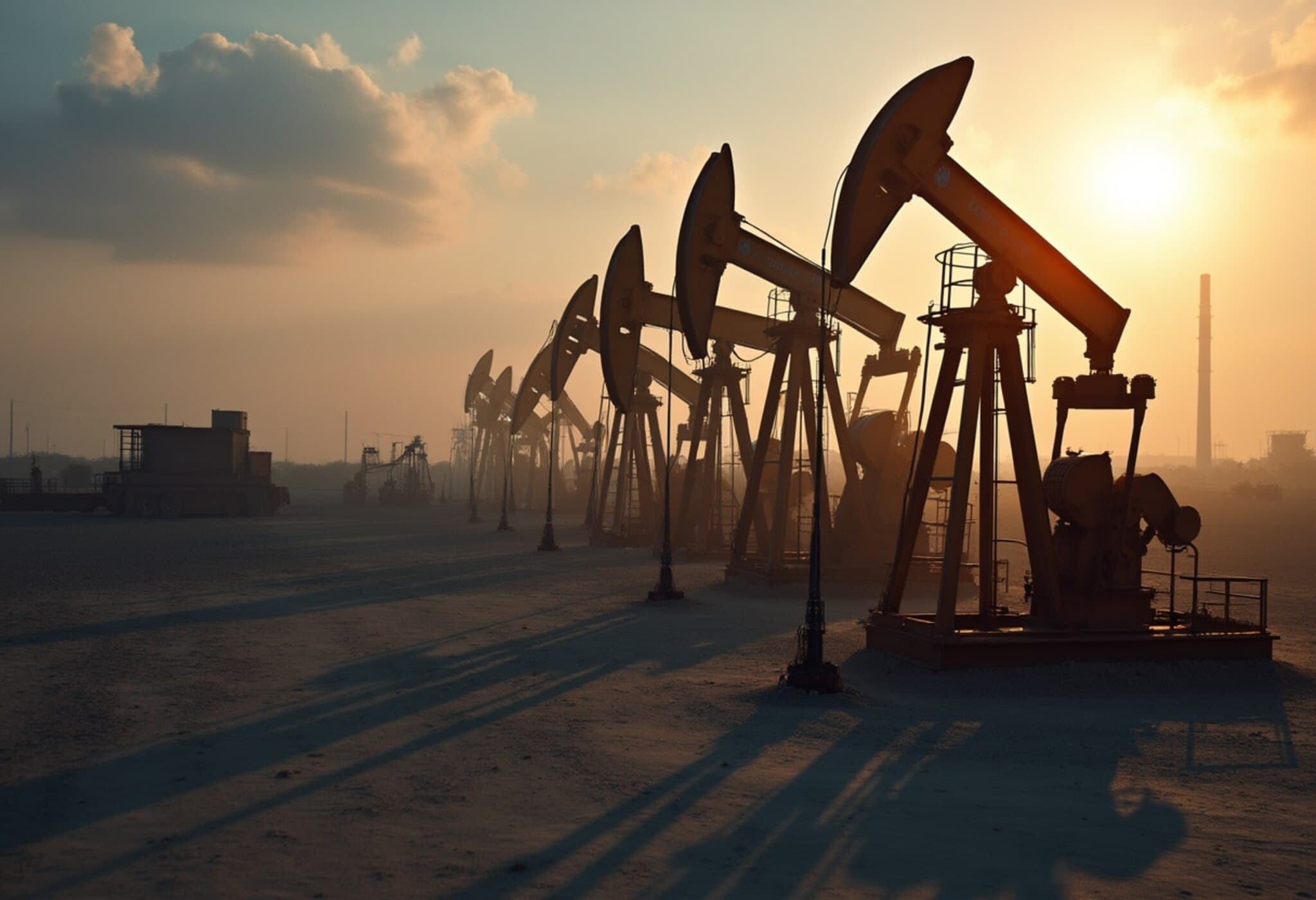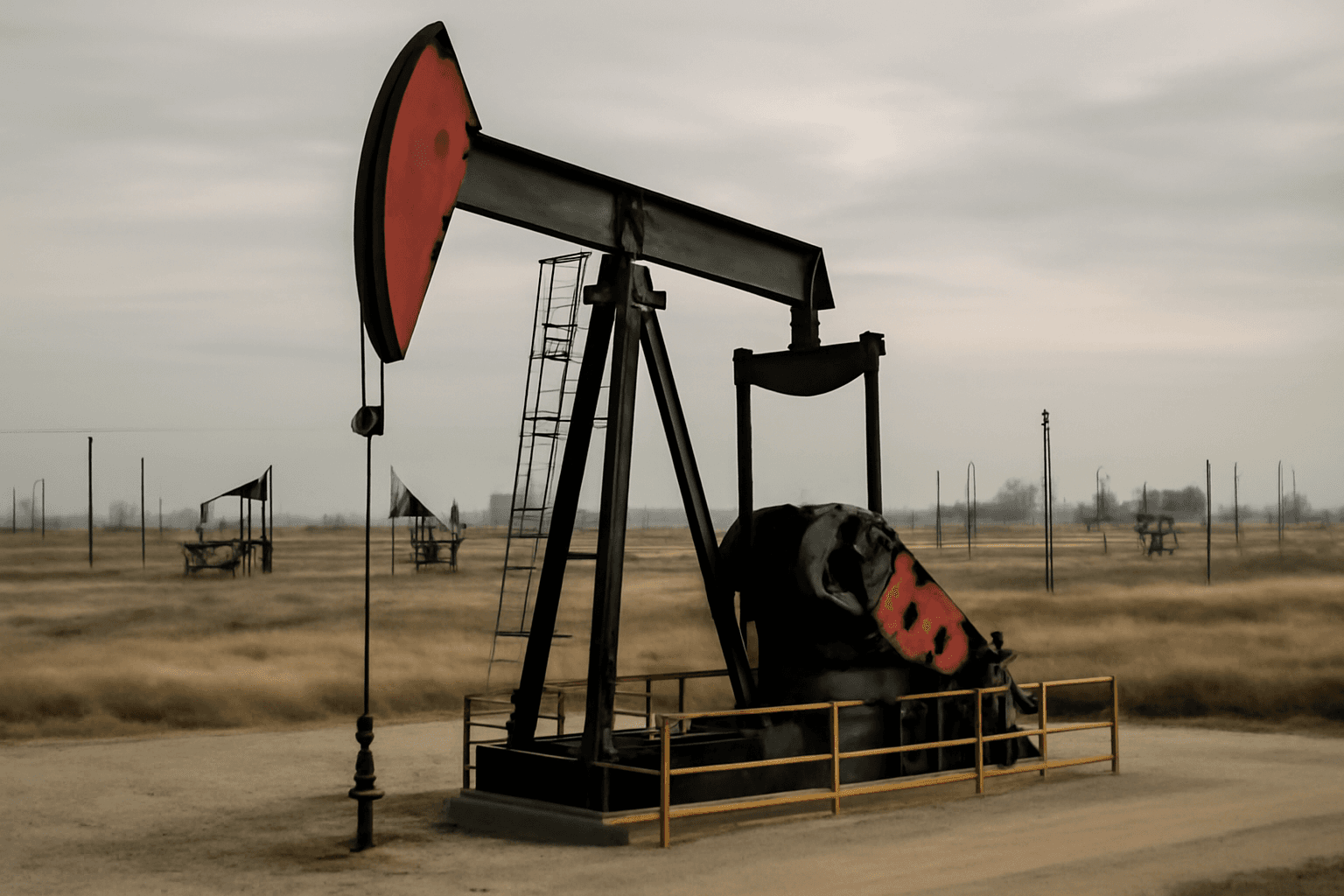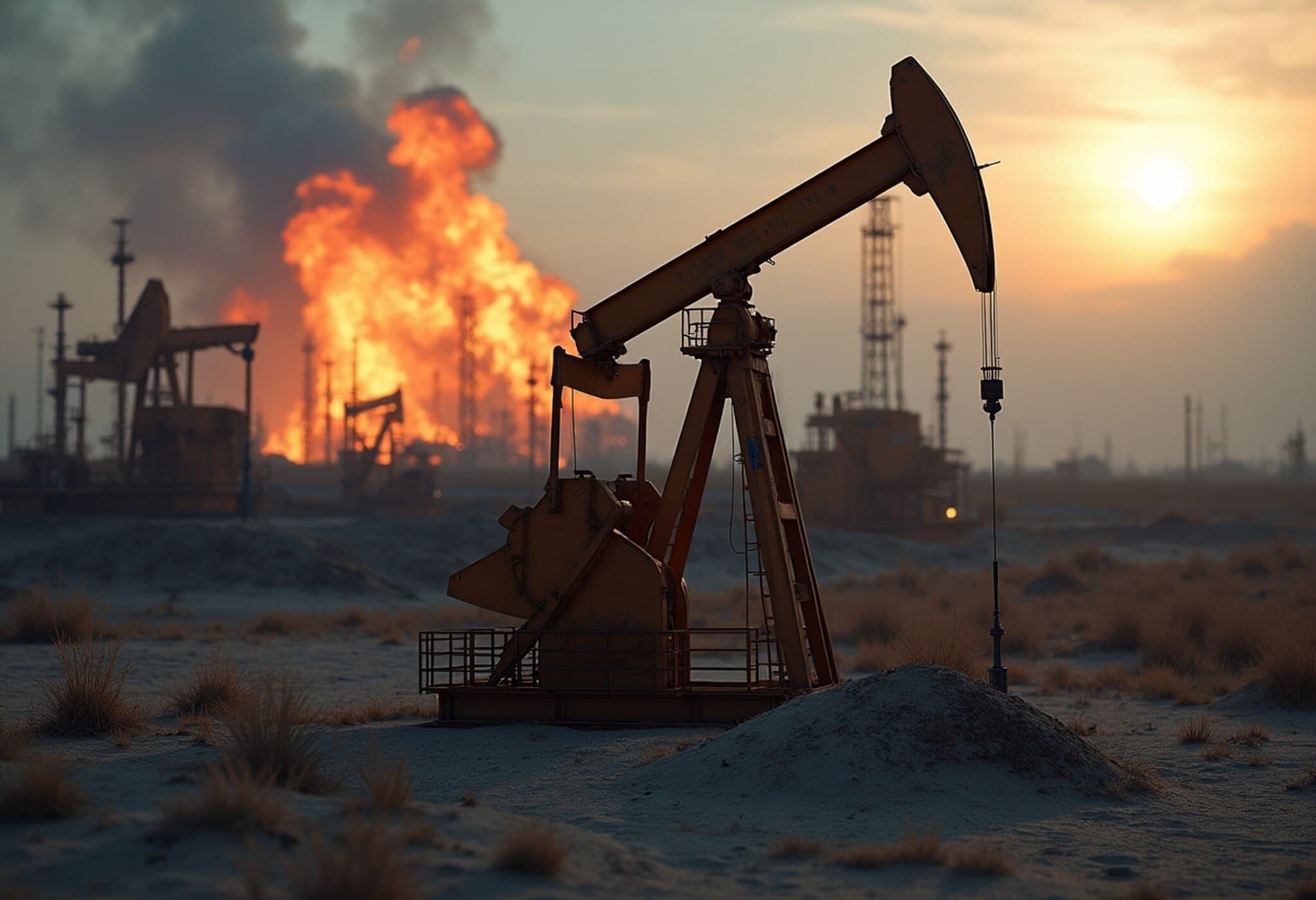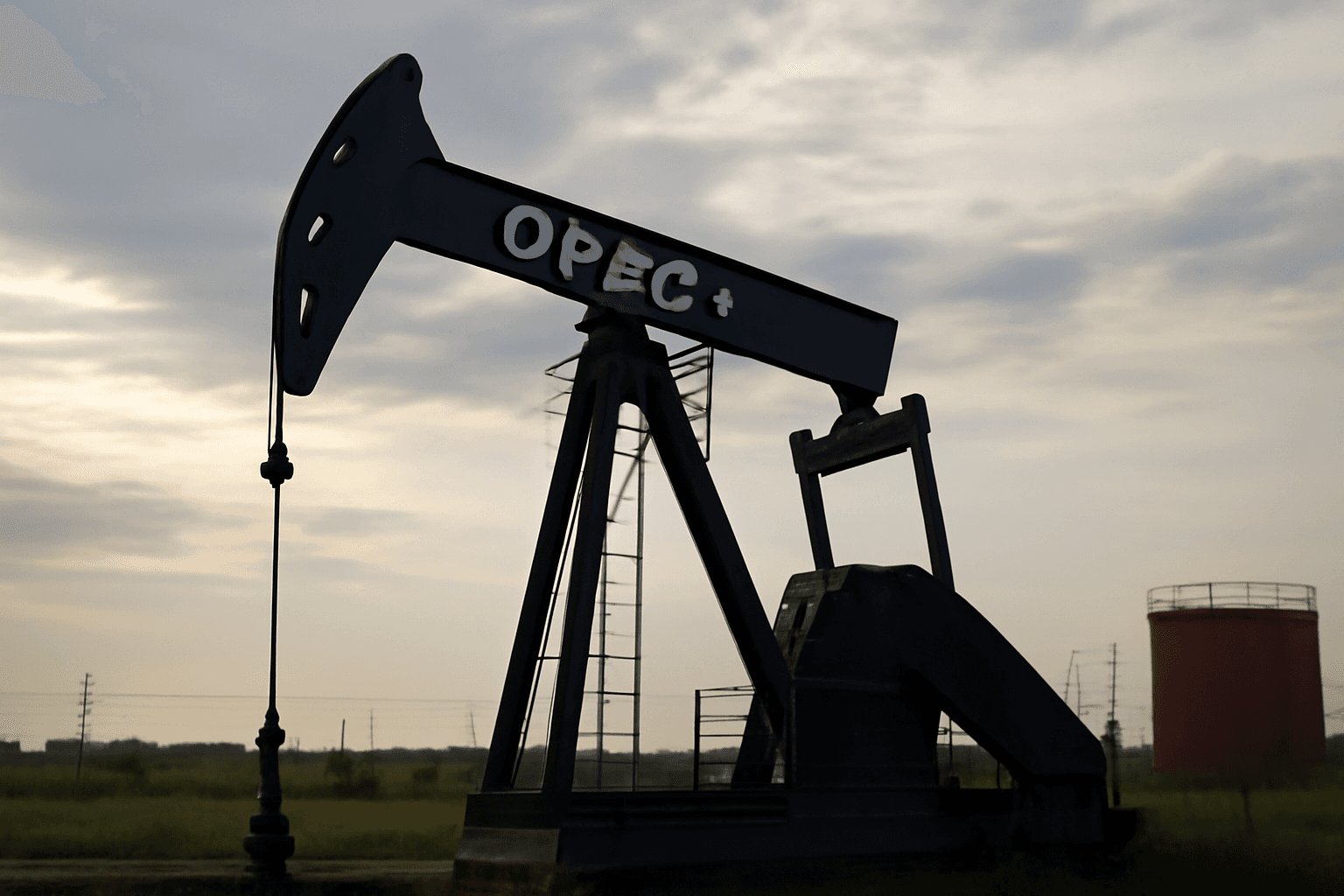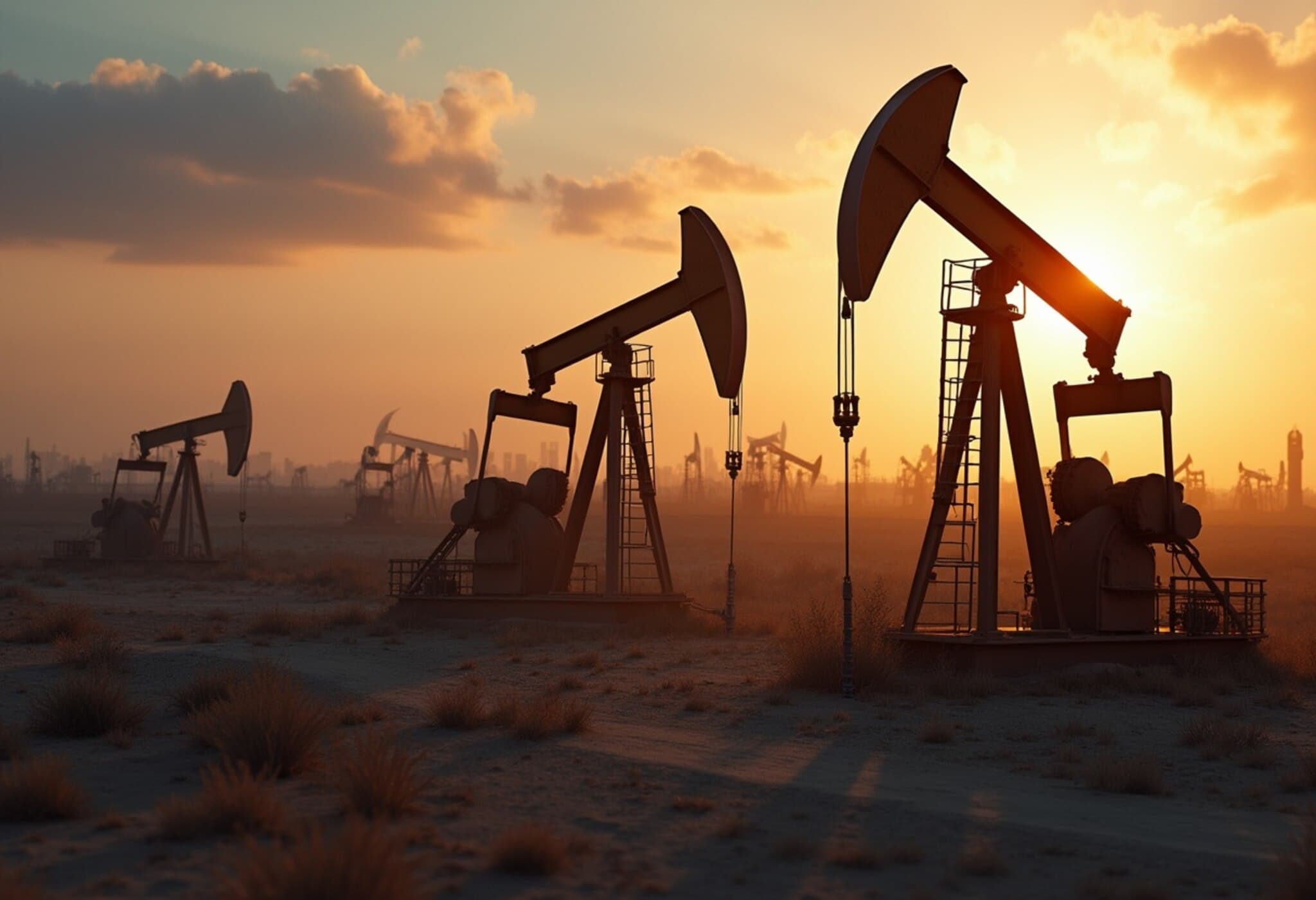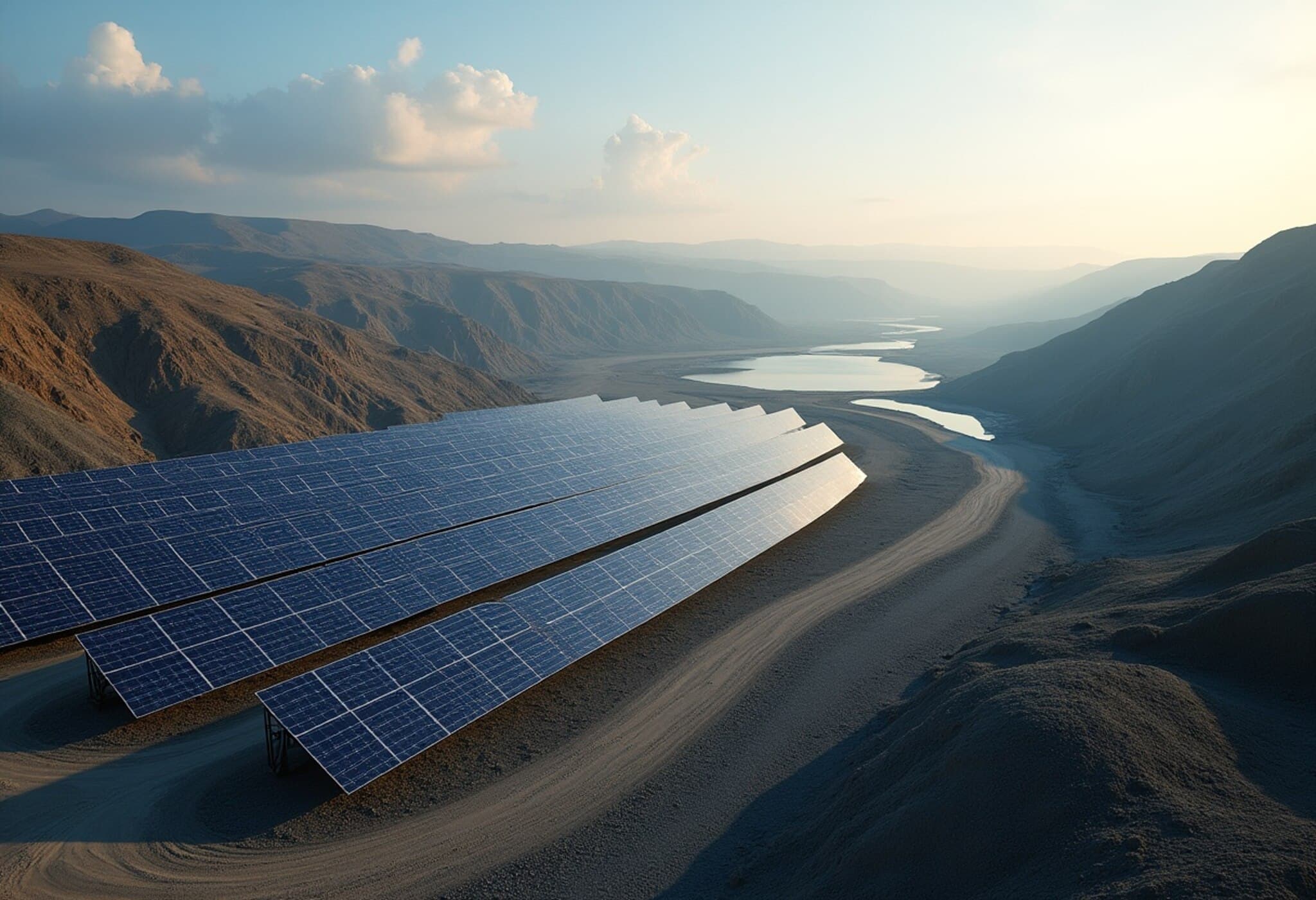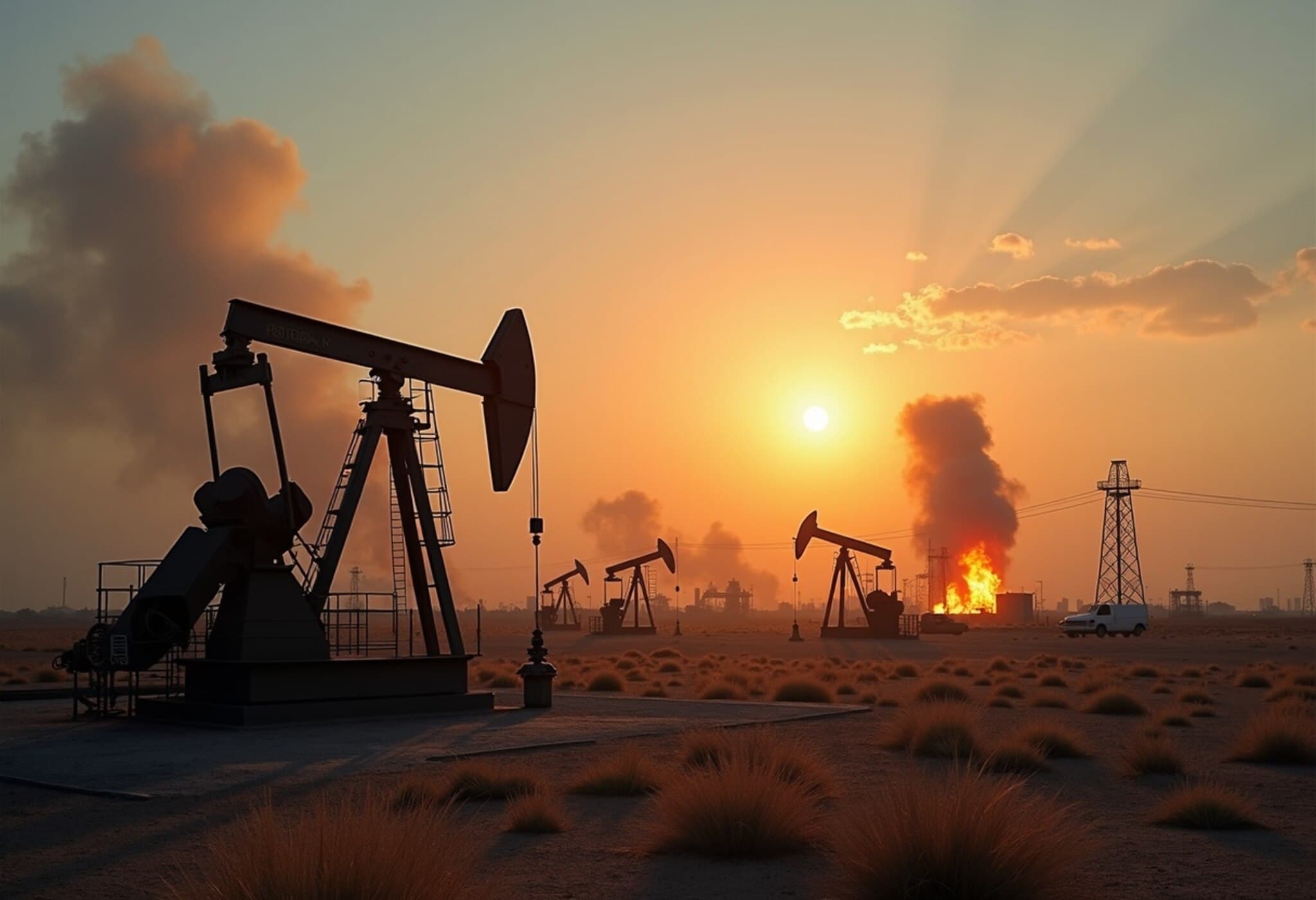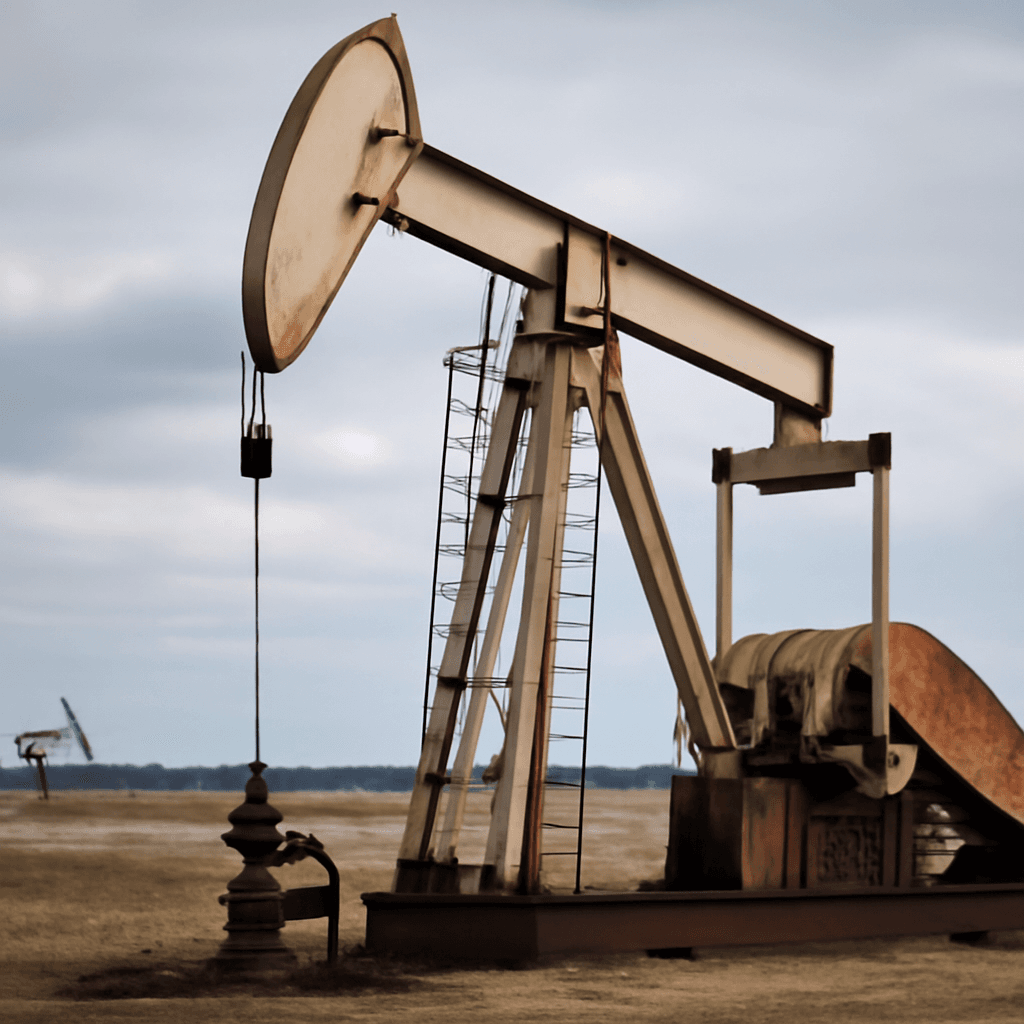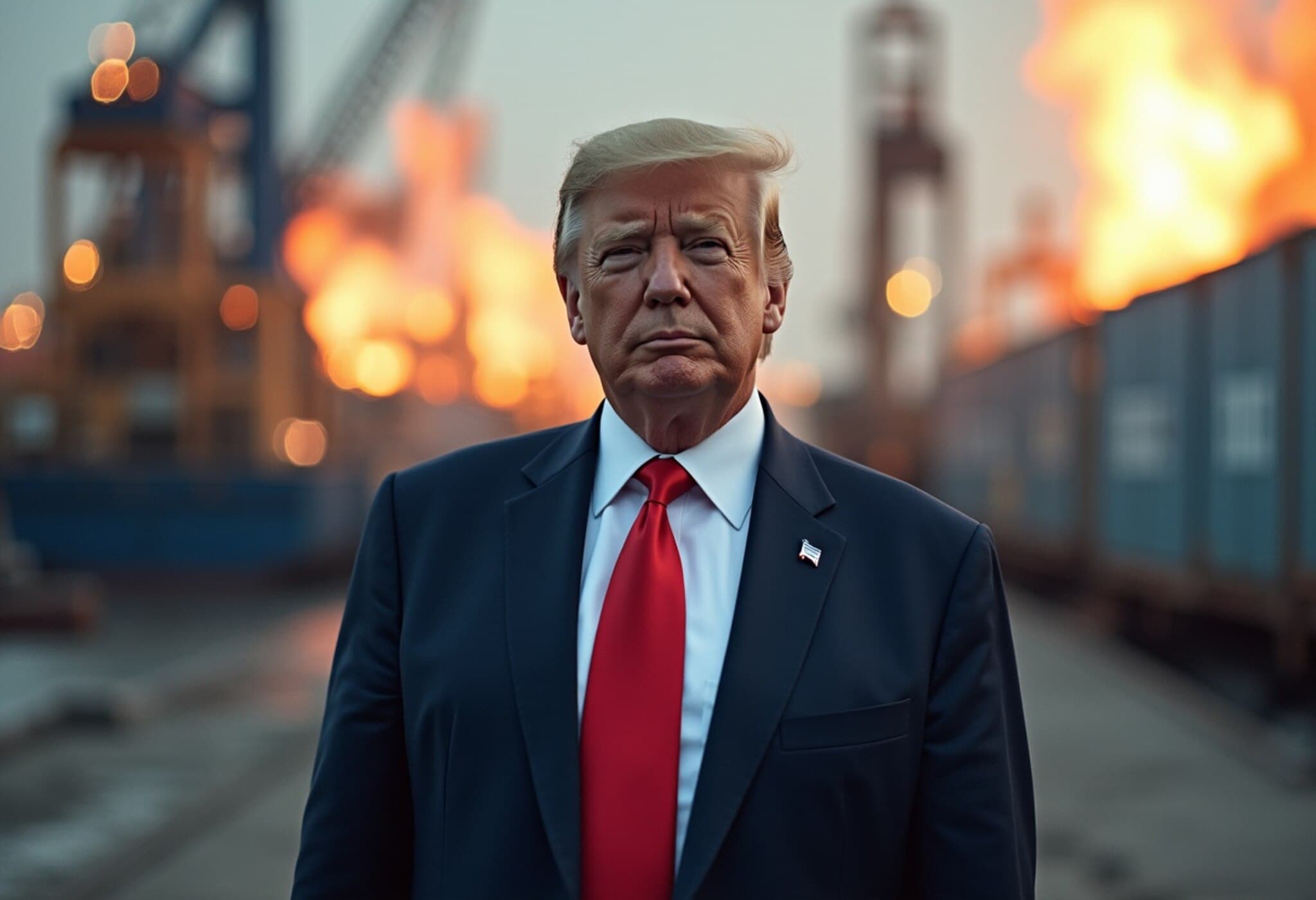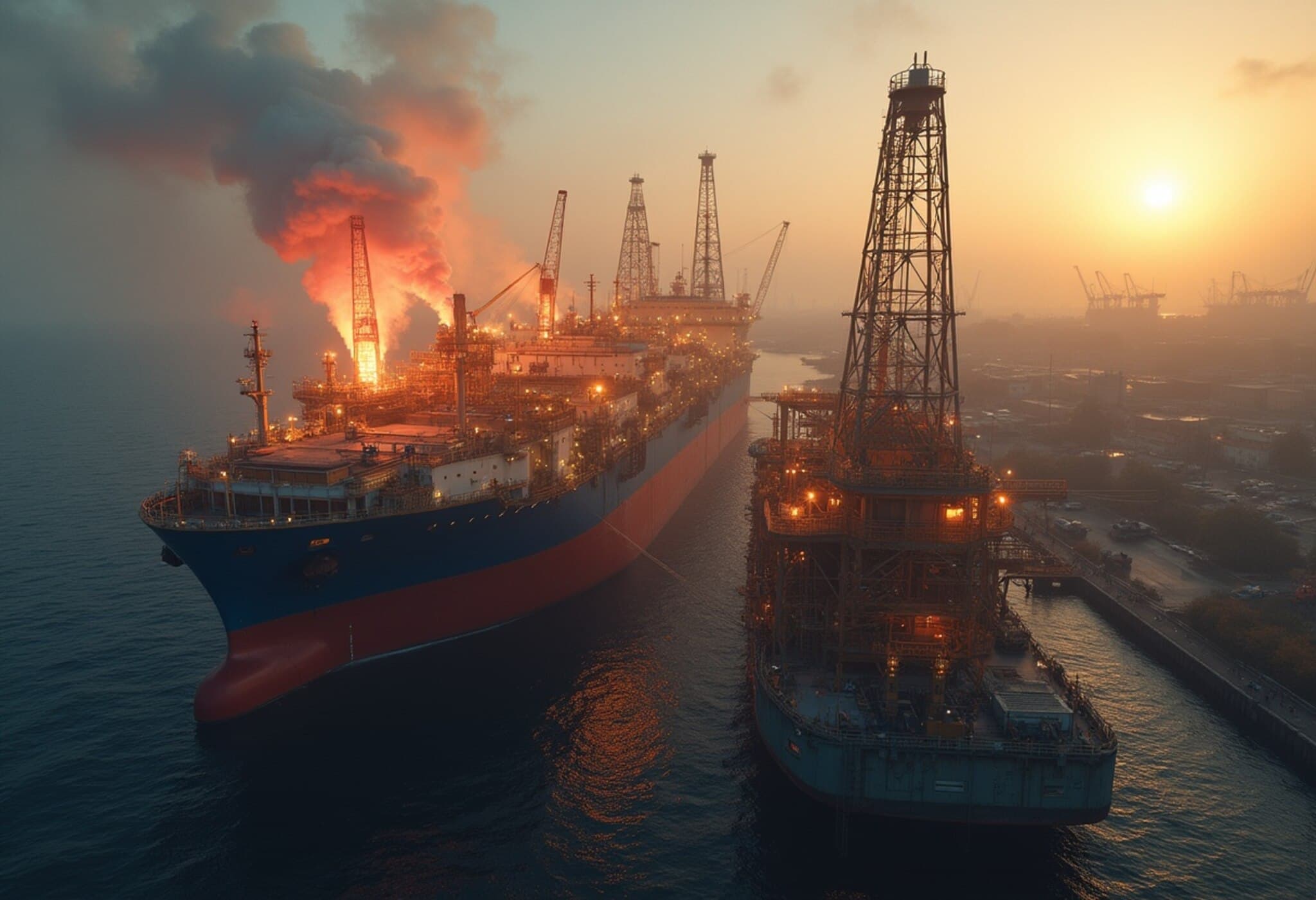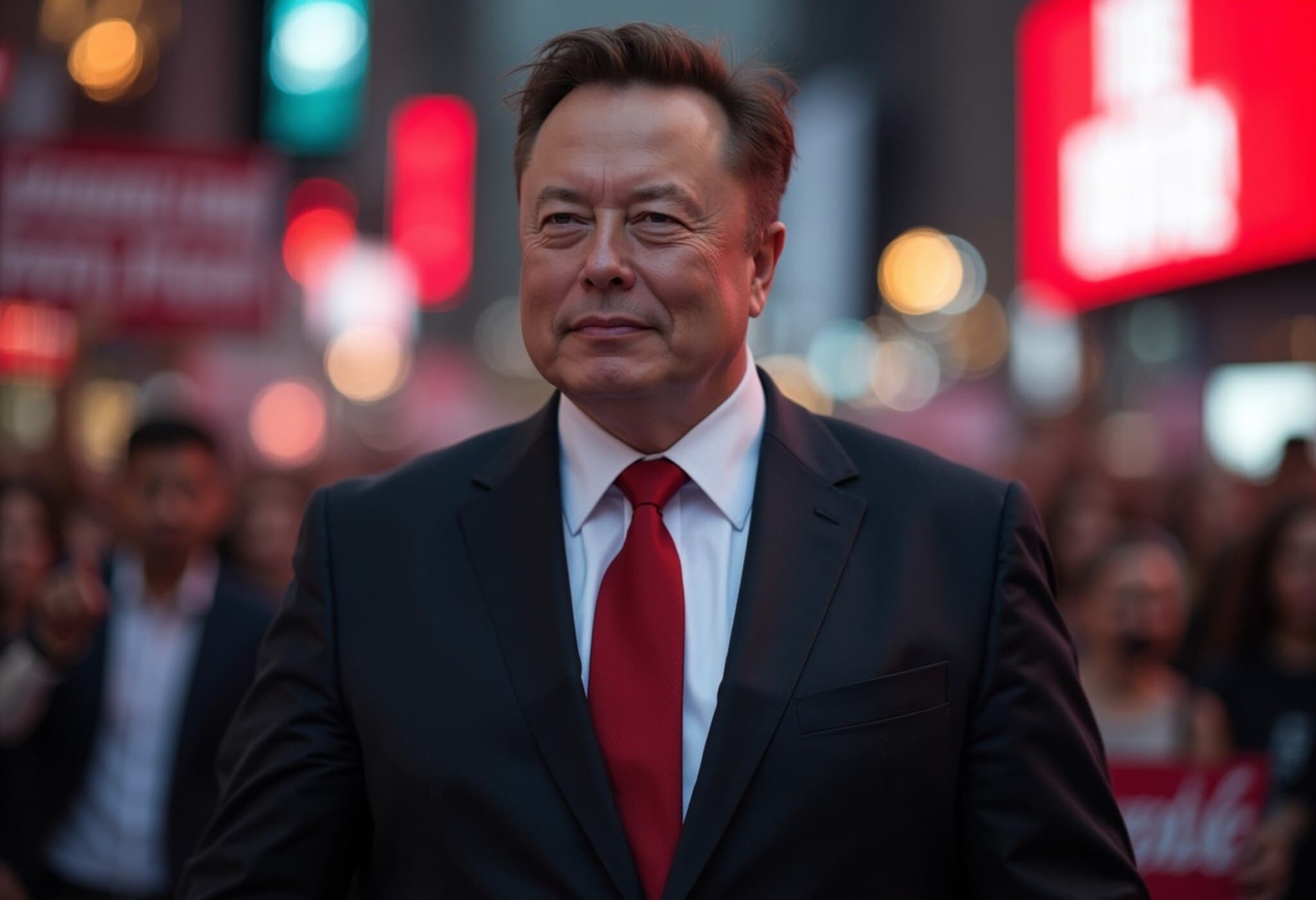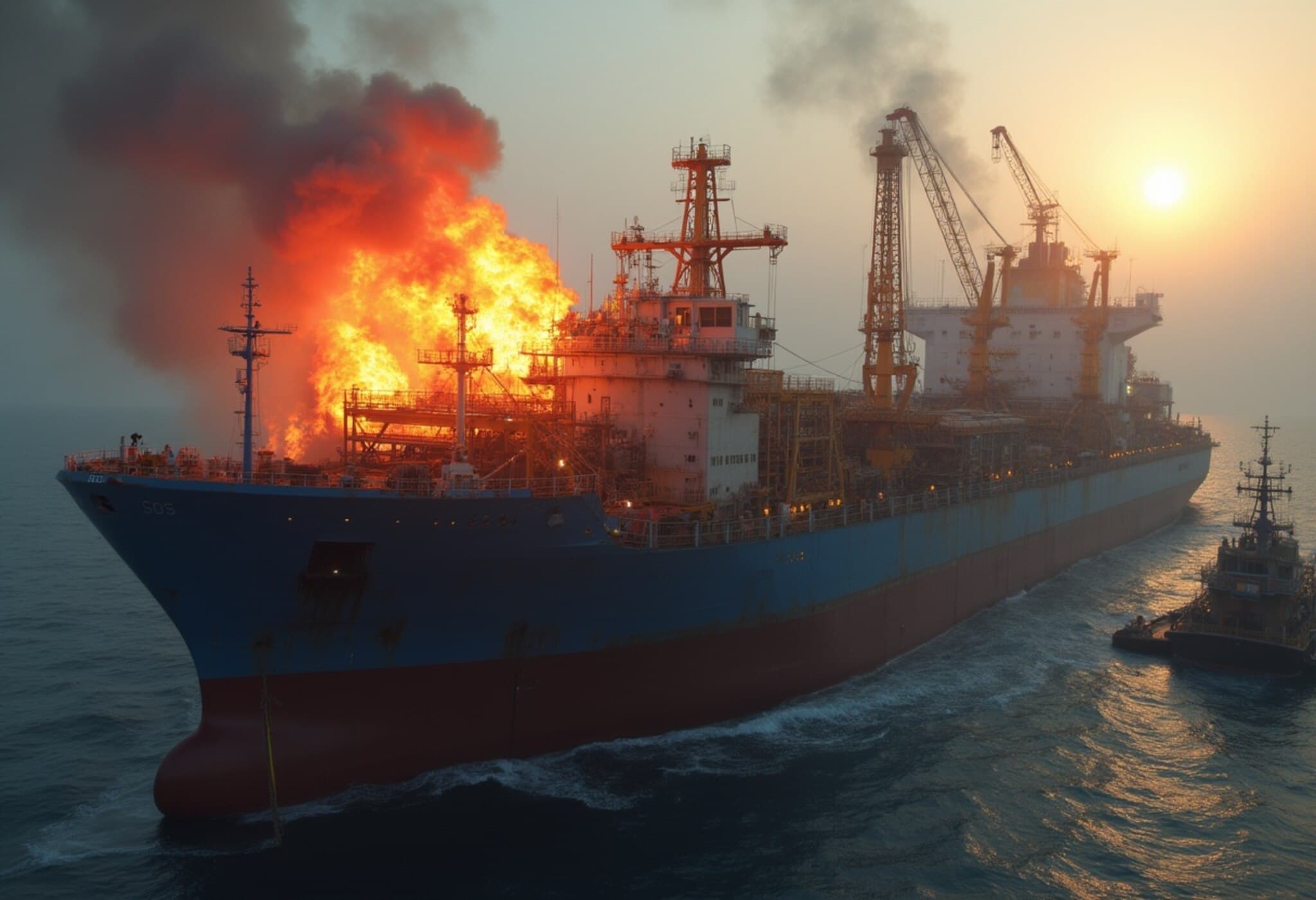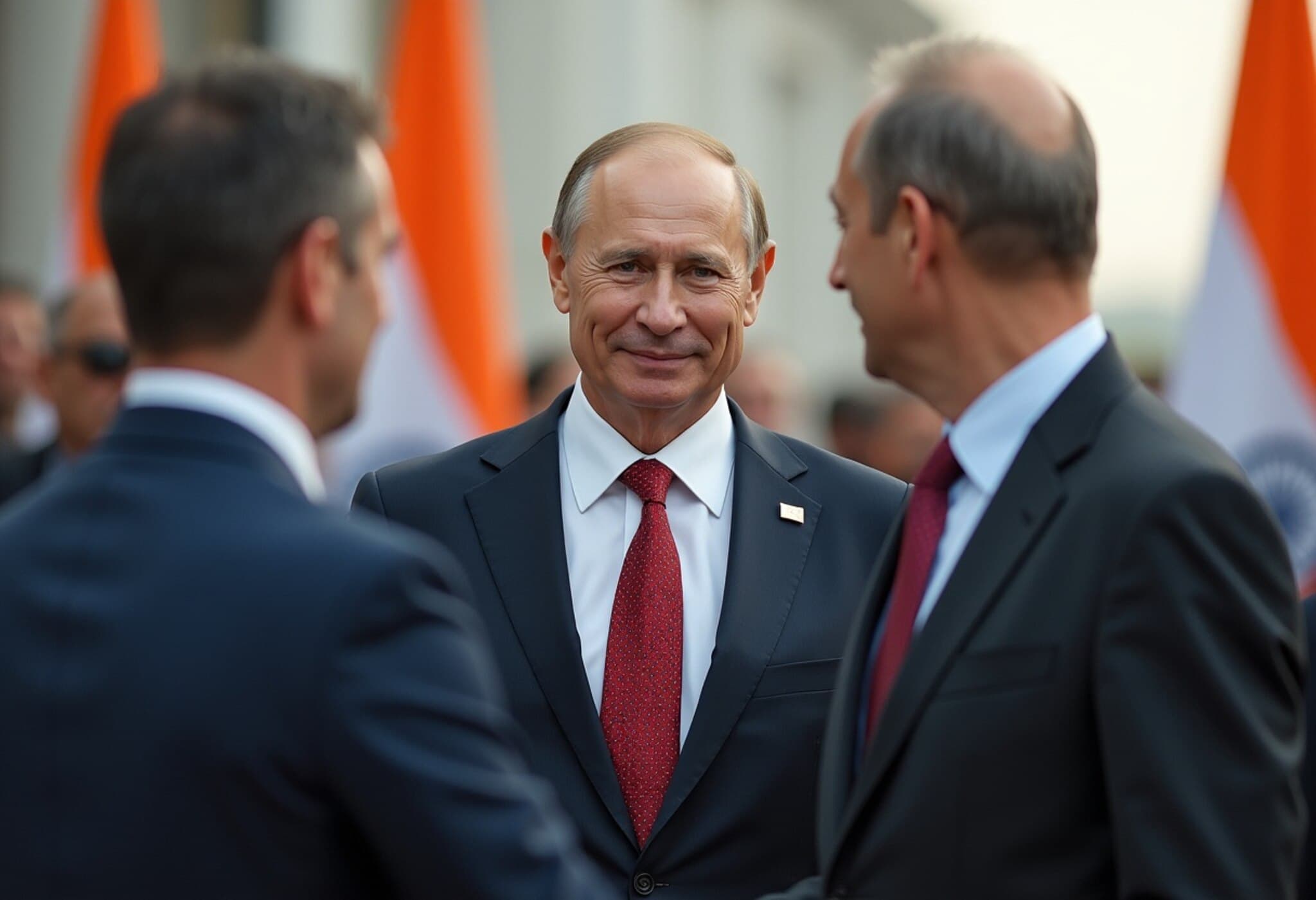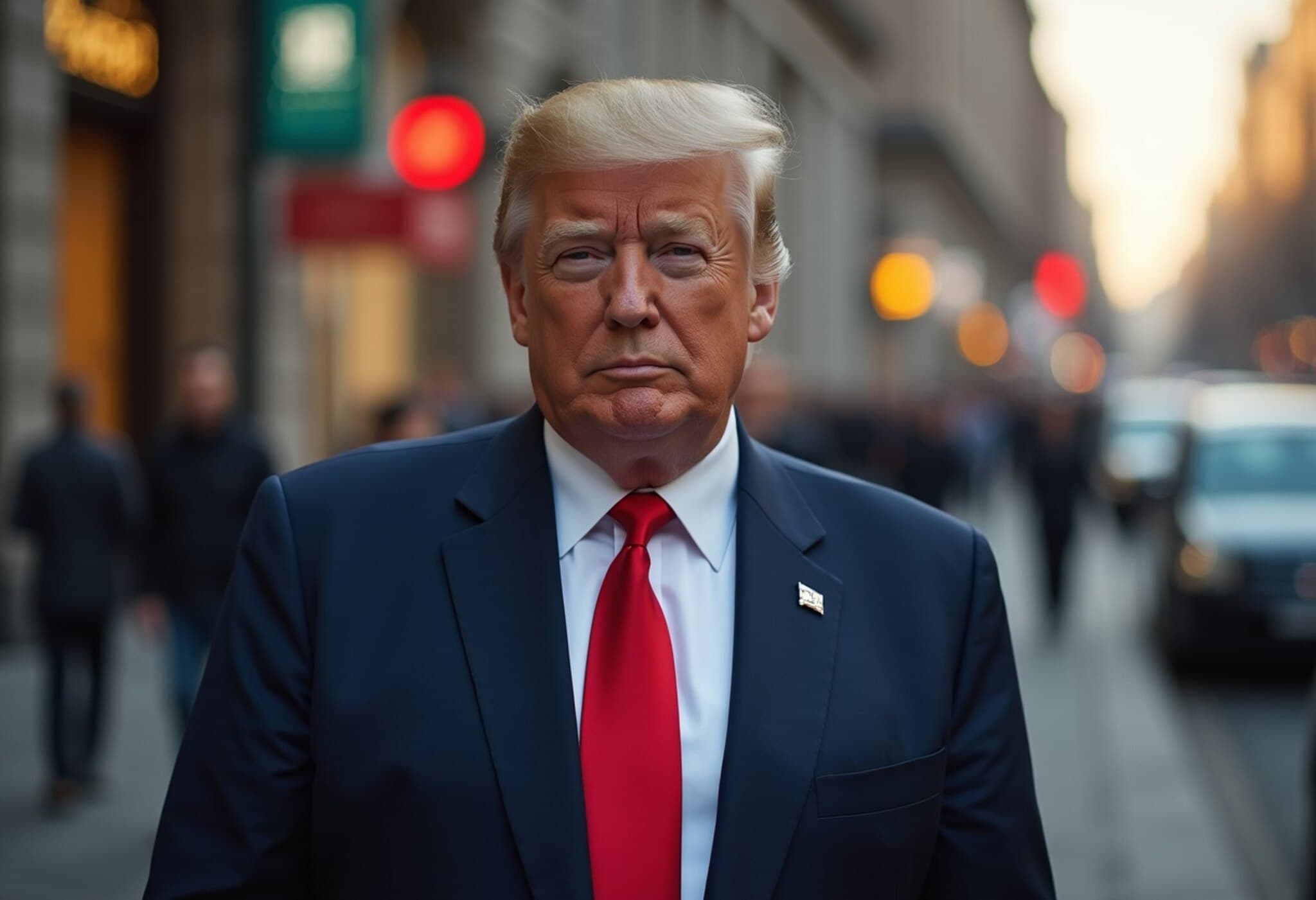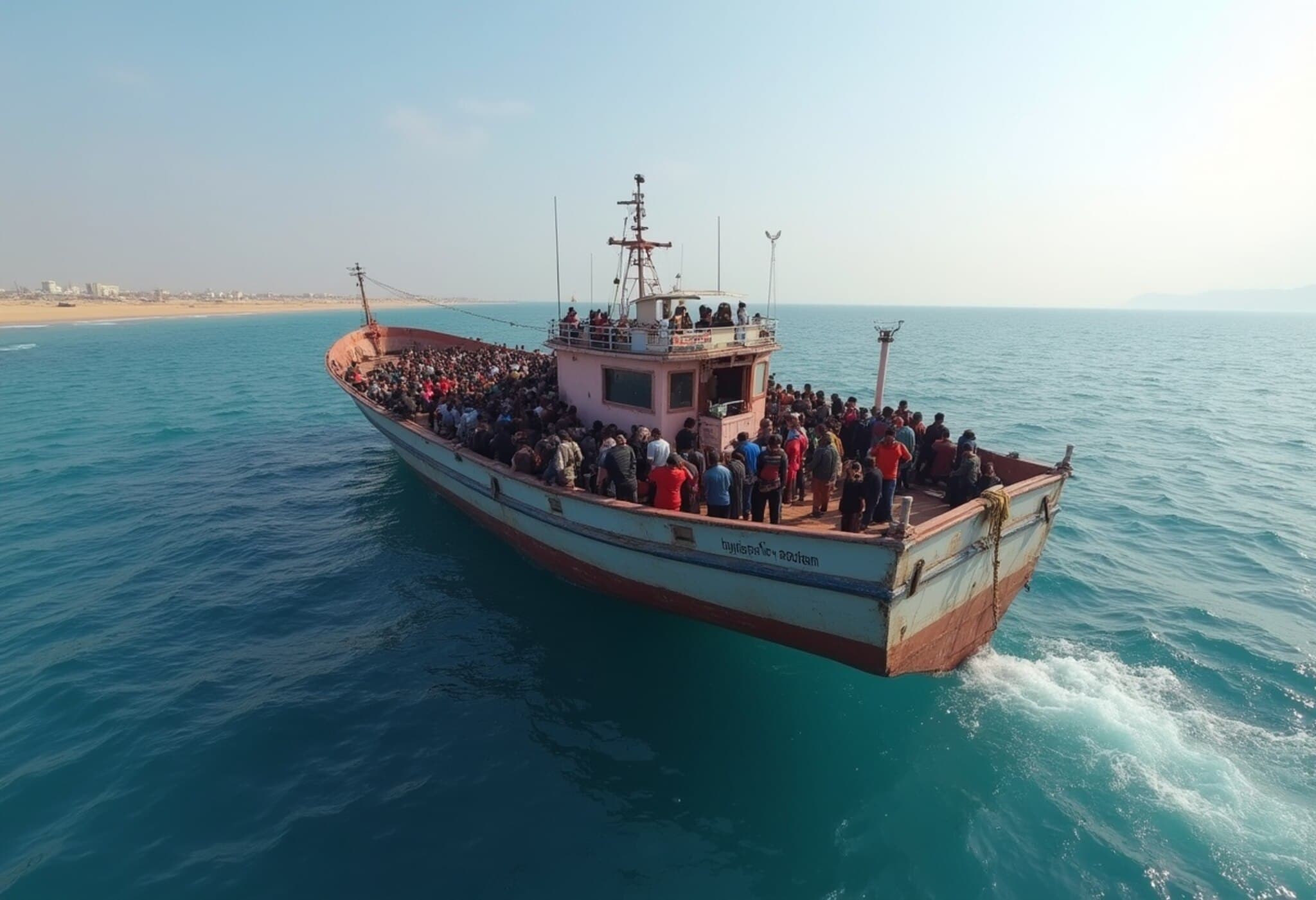OPEC+ Announces Major September Oil Production Increase
In a decisive move impacting global oil markets, OPEC+ — the coalition of major oil producers including the Organization of the Petroleum Exporting Countries and allies such as Russia and Kazakhstan — agreed on Sunday to hike oil output by 547,000 barrels per day starting September. This marks another accelerated push to regain market share, reflecting a strategic pivot amid geopolitical and economic uncertainties.
Oil Prices Respond to Production Hike
Following the announcement, oil benchmarks saw a modest drop in early Asian trading on Monday. U.S. West Texas Intermediate (WTI) crude slipped 43 cents, or 0.62%, to $69.24 per barrel, while Brent crude fell 39 cents, or 0.58%, to $66.94 per barrel. These declines followed a roughly $2 per barrel fall recorded on Friday, as markets digested the cumulative impacts of ongoing output increases.
Context: The Reversal of Historic Production Cuts
This production boost effectively reverses OPEC+'s largest previous cut tranche and a separate increase for the United Arab Emirates, amounting to about 2.5 million barrels per day — approximately 2.4% of global oil demand. Since April, the group has been steadily ramping up production, with successive monthly hikes:
- April: 138,000 bpd
- May to July: 411,000 bpd each month
- August: 548,000 bpd
- September: 547,000 bpd
This steady expansion signals OPEC+'s commitment to reclaiming lost market share, especially important as global demand recovers post-pandemic and geopolitical dynamics evolve.
Geopolitical Underpinnings and U.S. Influence
Underlying the production decision are multifaceted geopolitical tensions. Notably, the United States has exerted pressure on countries like India to reduce purchases of Russian oil — a critical lever in Washington’s strategy to bring Moscow to the negotiating table regarding the ongoing conflict in Ukraine. Former President Donald Trump has publicly called for a peace deal by August 8, underscoring the urgency in U.S. diplomatic circles.
Amid these tensions, eight OPEC+ members convened virtually to finalize the output hike. OPEC+ highlighted robust economic conditions and relatively low oil inventories as justification for the increase. As Amrita Sen, co-founder of Energy Aspects, observed, “Given fairly strong oil prices at around $70, it does give OPEC+ some confidence about market fundamentals.”
Upcoming Challenges for OPEC+
Looking ahead, OPEC+ is slated to meet again on September 7, where they may consider reinstating output cuts of approximately 1.65 million barrels per day currently in place until the end of 2026. This decision will be critical as the alliance navigates balancing market stability with political cohesion amid ongoing supply uncertainties.
Energy analyst Giovanni Staunovo of UBS noted, “So far, the market has been able to absorb these additional barrels, partly thanks to stockpiling, particularly in China. But all eyes will be on the U.S. decisions concerning Russia in the near future.”
Jorge Leon of Rystad Energy, a former OPEC official, stressed that while OPEC+ has successfully passed its initial test by reversing its largest cuts without triggering price crashes, the group now faces a more complex task: deciding if and when to unwind the remaining cuts while maintaining unity amidst geopolitical strain.
Implications for the U.S. and Global Economy
From an American economic perspective, fluctuating oil prices directly impact inflation, consumer fuel costs, and broader energy security policies. The U.S., as the world’s largest oil consumer and a significant producer, remains deeply entwined in these global supply decisions. Heightened output from OPEC+ may cap oil price surges for now but also underscores the delicate interplay between energy independence ambitions and global market realities.
Key Questions Moving Forward
- How will U.S.-India relations evolve amid U.S. pressure to limit Russian oil imports?
- What role will China’s stockpiling behavior play in offsetting supply increases?
- Can OPEC+ maintain unity as geopolitical risks heighten and economic conditions fluctuate?
Editor’s Note
This latest surge in oil output by OPEC+ reflects more than just market maneuvers; it encapsulates the complex crossroads of geopolitics, economics, and energy security. While the immediate market absorption appears smooth, the undercurrents of U.S.-Russia tensions, OPEC+ alliance cohesion, and global demand recovery pose significant uncertainties ahead. Observers should watch September’s meetings closely to gauge the group’s next strategic moves, which will ripple through energy markets and global economic stability.

